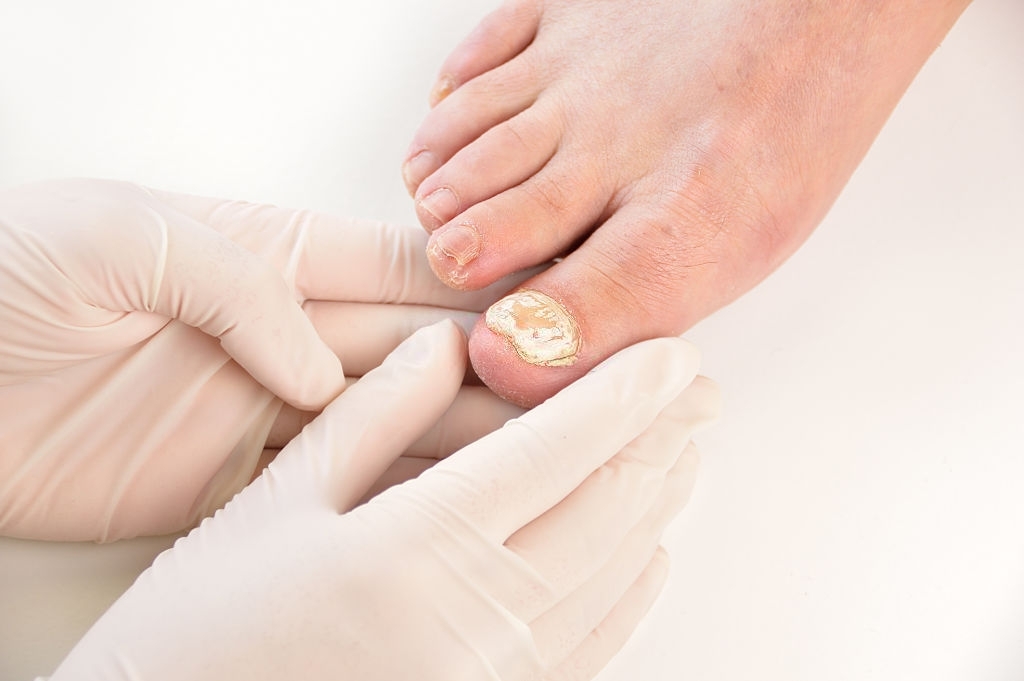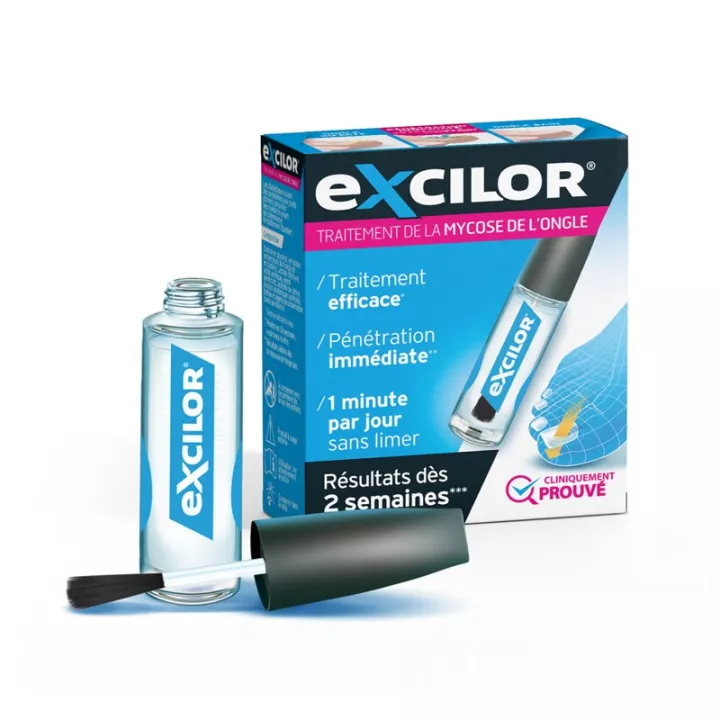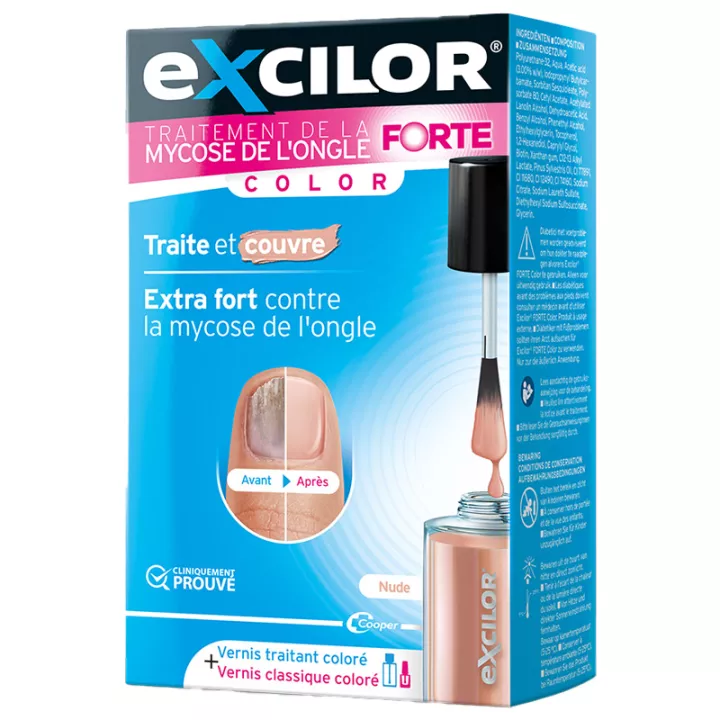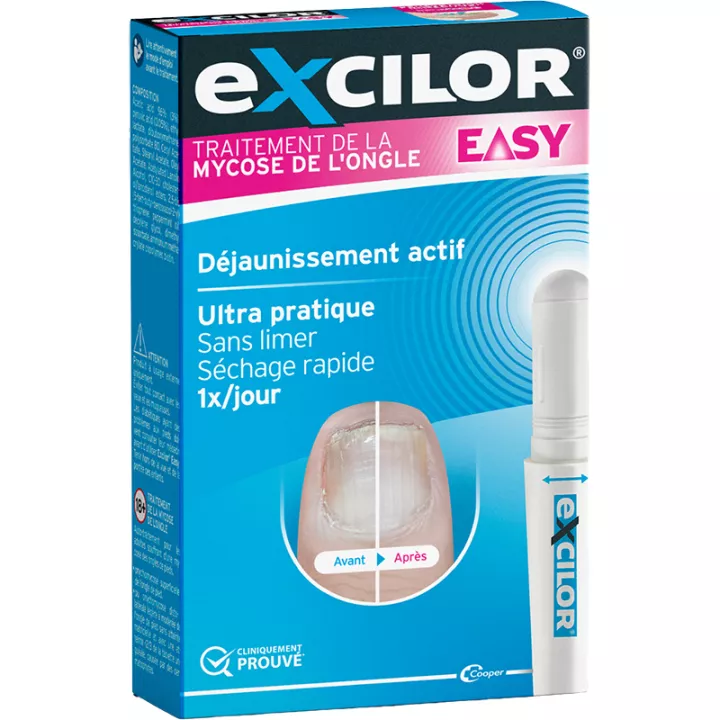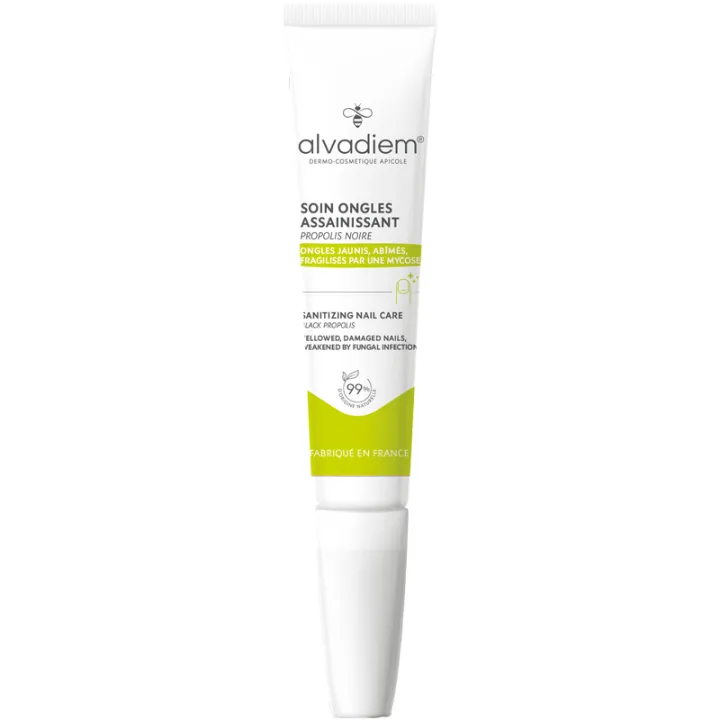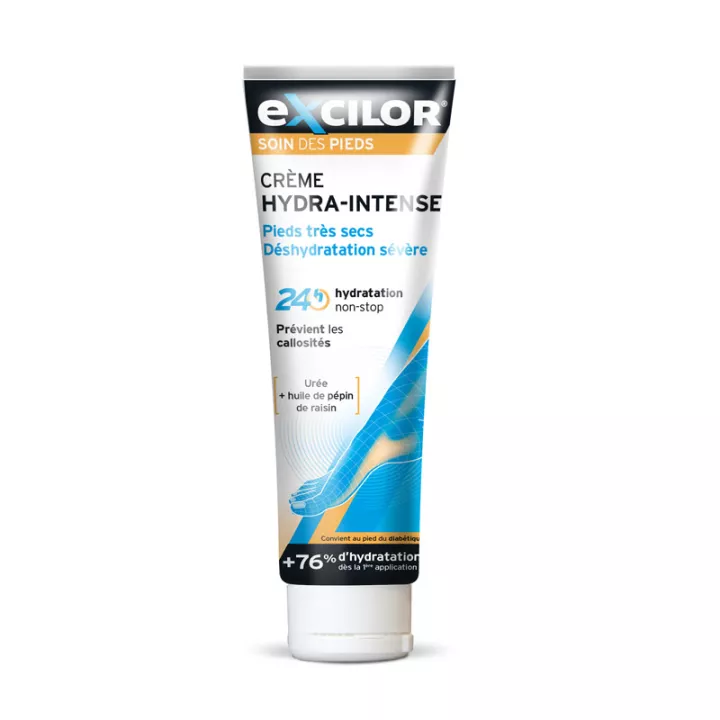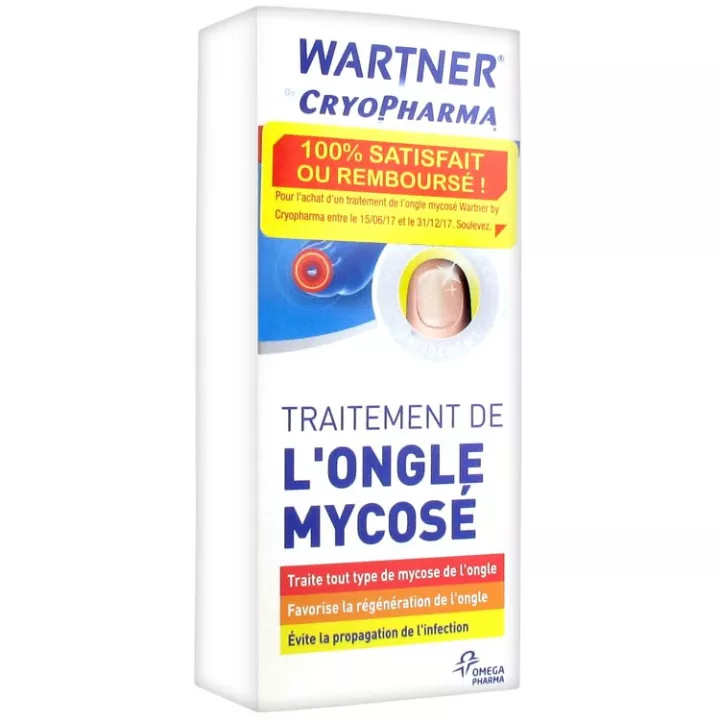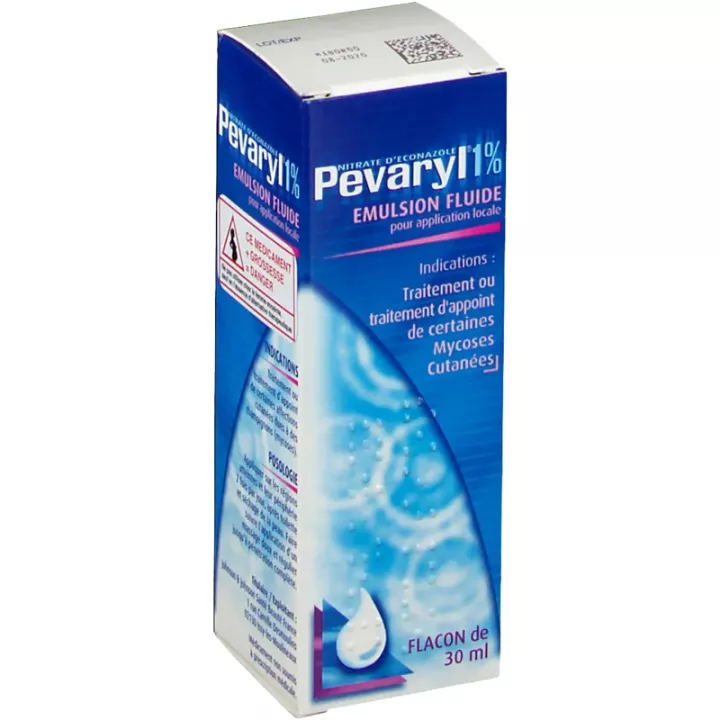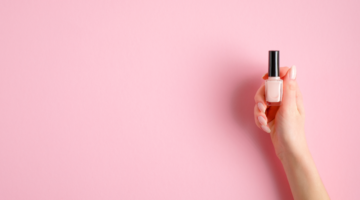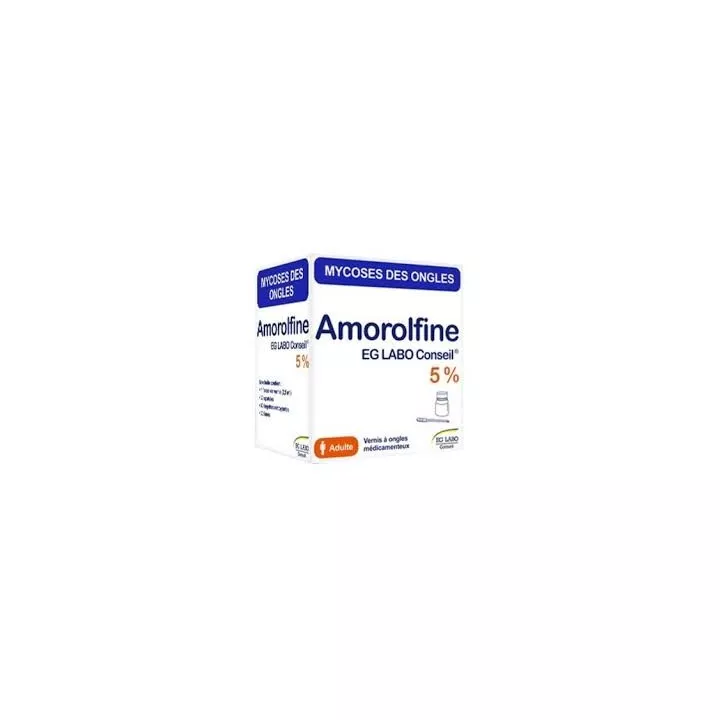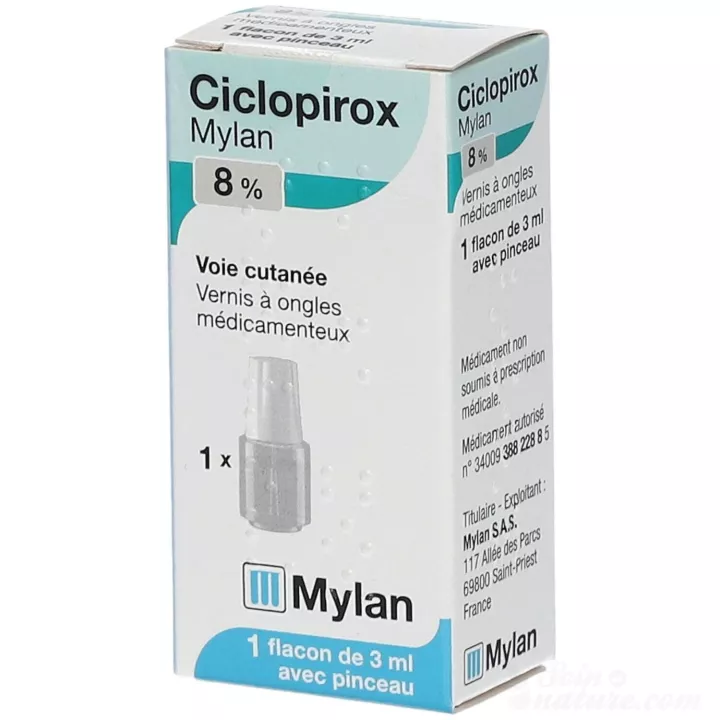What is Excilor Mycose Ongle Vemedia Solution used for?
*Studies have shown that, on average, one stylus corresponds to a complete treatment of an affected nail.
- Quick, easy application
- Stylet-Precision is extremely practical and easy to use.
- Use to treat the entire nail surface affected by mycosis.
- Apply to the entire surface of the damaged nail.
Excilor Mycose Ongle Vemedia Solution is an effective treatment for fungal nail infections, also known as nail fungus. This solution is specially designed to penetrate deep into the nail and target the infection directly at its source. Thanks to its innovative formula, Excilor Mycose Ongle works quickly to eliminate the fungi responsible for nail fungus and promote the regrowth of a healthy nail.
Applying Excilor Mycose Ongle is simple and convenient. Simply apply a thin layer of the solution to the affected nail using the applicator brush supplied. The solution dries quickly and leaves no greasy or sticky residue, making it discreet and comfortable to use every day. We recommend applying the product twice a day, preferably in the morning and evening, for optimum results.
One of the unique features of Excilor Mycose Ongle is its ability to modify the pH of the nail, creating a hostile environment for fungi. This action helps stop the spread of infection and prevent recurrence. What's more, the solution forms a protective film that helps preserve the nail from external aggression, while promoting its natural hydration, essential to its health.
By using Excilor Mycose Ongle regularly and according to instructions, you can see visible results in just a few weeks. Symptoms of mycosis, such as nail discoloration, thickening or deformation, begin to improve gradually. It is important to continue treatment until the nail is completely healed to avoid any relapse.
Excilor Mycose Ongle is a safe and well-tolerated product, suitable for use in adults and children over the age of 4. However, it is recommended that a healthcare professional be consulted before using this product in people with underlying health problems, or in pregnant or breast-feeding women. By carefully following the instructions and incorporating Excilor Mycose Ongle into your nail care routine, you can regain healthy, attractive nails quickly and effectively.
Nail fungus always develops inside the nail, making it difficult to treat. Excilor Mycose Ongle Vemedia Solution works on three principles:
- it penetrates deep into the nail to immediately reach the mycosis and facilitate immediate healthy nail regrowth,
- it modifies the pH inside the nail to create an unfavorable environment for the development of dermatophytes,
- it's easy to apply and leaves an invisible film.
To avoid any recurrence, it's essential to treat other mycoses, such as athlete's foot, to disinfect shoes or buy new ones by getting rid of old, infected pairs, and never to walk barefoot in communal areas. In addition, never use the same pair of scissors or nail clippers to trim both healthy and infected nails. After appropriate treatment, the new nail grows back slowly from its base. However, it can take up to a year after treatment before the nail regains its normal appearance. In all cases, treatment must be followed through to the end, even when the infection is thought to have been cured. Sometimes, unfortunately, the nail never returns to its normal appearance.
We also offer Excilor Traitement Mycose des Pieds 3 en 1 15ml, at the best price in our online pharmacy.
How do I use this product?
Before each use, clean the nail (remove varnish if present).
2 applications per day (morning and evening). For best results, the treatment should be applied for at least 3 months. It is advisable to continue treatment until the nail has fully recovered.
Dries in 1-2 minutes, and you can put on your shoes immediately afterwards.
(You can reapply your usual nail polish, but remember to remove it before each use).
- Close the bottle tightly after use.
- Cut the nail as soon as it grows back, using a nail clipper.
- One bottle can be used for up to 400 applications.
- Caution: For external use only.
- Avoid contact with eyes and mucous membranes. In case of contact with eyes or mucous membranes, rinse thoroughly with water.
- In case of allergies, discontinue use.
- Store at room temperature, away from light and heat.
- Keep out of reach of children and pets.
- Always close Stylet-Precision tightly after use.
If you don't see visible results as soon as the nail grows back (after about 1 month's treatment), consult your doctor.
Precautions for use
Keep out of reach of children.
What does it contain?
Ethyl lactate , water (7%), acetic acid, penetration enhancer, film-former, preservatives (no parabens).
Presentation
Excilor is available in two formats: 3.3 ml or 7 ml.
